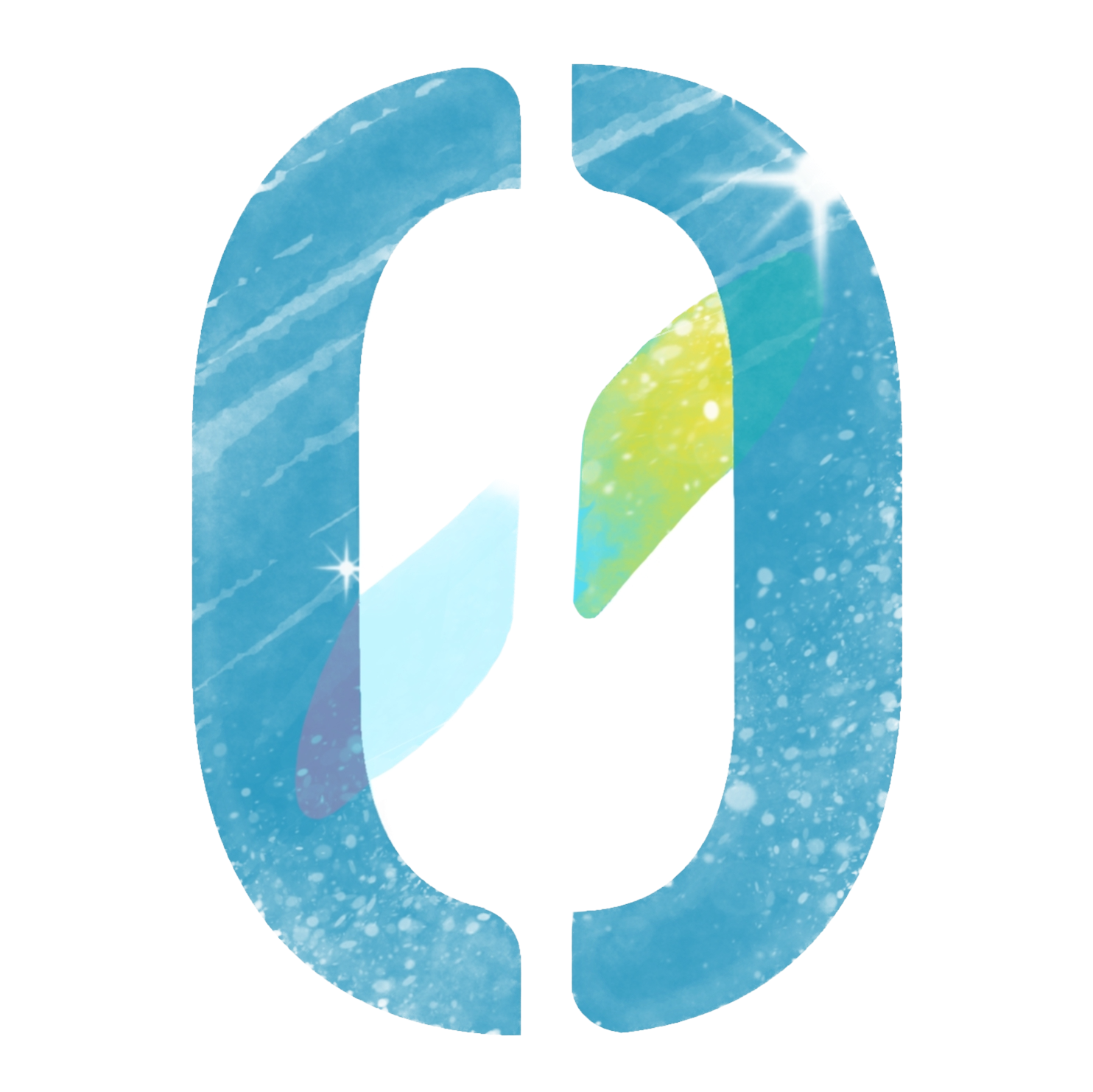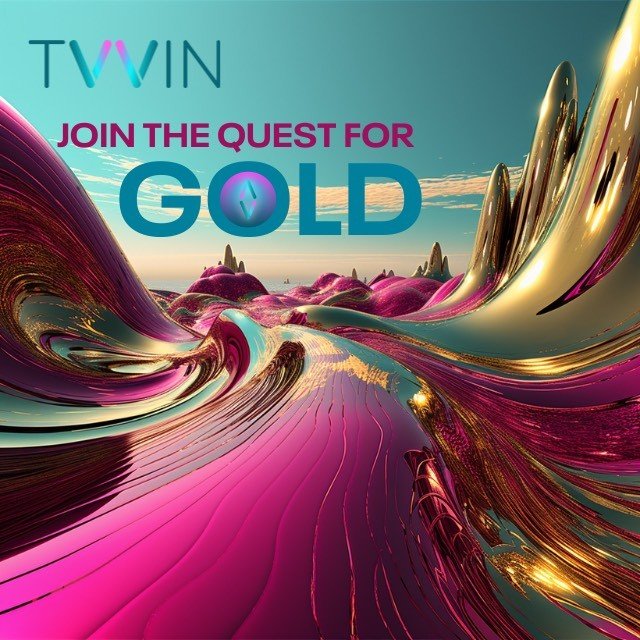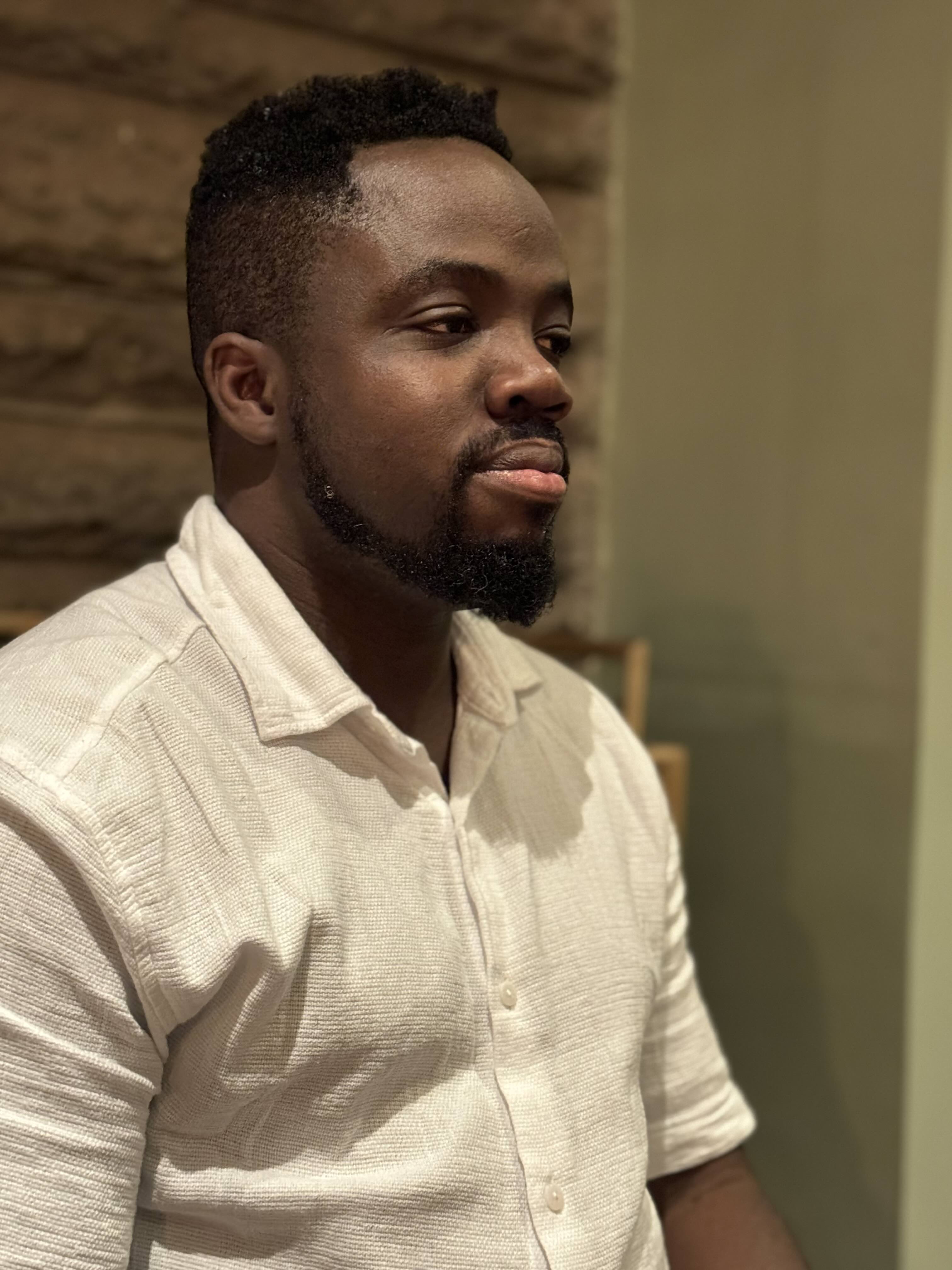One of the most exciting things about Blockchain is the idea that it can be used to share responsibility and decision making in a way that is fair and equitable. One of the most mysterious things is fathoming how this really works.
This idea of distributed governance supported by secure blockchain contracts is called “Decentralized Autonomous Organization” (DAO). The Cardano roadmap indicates that in its final state, the entire Cardano network will be governed and maintained by a DAO.
A real-life DAO sounds a bit like a utopian fantasy, but there are thousands of people in the world today who are pouring themselves into the work, building on the continuing success of blockchain networks to make DAOs a reality. At present, the global Cardano community is learning and participating in the early prototype of the Cardano DAO - an experiment called Project Catalyst. Project Catalyst seeks to answer some of the questions about how a DAO really works. Among them:
- Does having a DAO mean there’s no place for leadership?
- How do individuals raise concerns?
- How are problems sensed & codified into ideas?
- How are ideas brought to the community for discussion, voting, and adoption?
- How do communities manage change?
- How does the community solicit feedback from all participants?
In answer to these questions, one element of the Catalyst experiment is an inner circle of elected representatives, called the Catalyst Circle. The 7 seats in the Circle represent the primary interest groups and stakeholders in the Cardano world. Their function is to serve as a “human sensor array”; each representing the beating pulse of their respective cohort. As they collaborate with each other, and with the most active members of the ecosystem, a fully dimensional picture of the interests and concerns of the whole community may emerge. By way of the Catalyst Circle, each cohort truly has a “seat at the table”.
We wrote in-depth about DAOs in this article: DAOs Demystified: Organization that puts people first
And about Project Catalyst in this one: Cardano’s Project Catalyst: Experiments in Decentralized Autonomous Organization (DAO)
Today, let’s dial in the focus on these 7 cohorts, and what happens in the Catalyst Circle. First, what do we mean by a cohort? Within any community, you’ll find smaller groups that are more alike than the larger community. For example, in a school, students, teachers, administrators, and maintenance staff would represent cohorts. Each group shares the desire to have a good community, but they each have a unique perspective on what needs are most pressing, and what solutions are acceptable.
Here are the cohorts of the Cardano community that have been identified, and which are represented in the Catalyst Circle:
1) Cardano Foundation
The Cardano Foundation is one of the founding entities of Cardano. Their charter is to “ensure the positive advancement of the Cardano protocol, while also contributing to the positive advancement of blockchain as a world-changing technology.” The Cardano Foundation engages with financial institutions, regulatory bodies, and research institutions. Naturally, these bodies have opinions about the building of the ecosystem. The Foundation seat represents these perspectives in the Catalyst Circle
2) IOG
Input Output Global is another of the founding entities of Cardano. They are the team that laid the foundation of the network. For a long time, they were the only ones doing the research, applying formal verification methods, and developing the software for Cardano. Today, there are at least five independent engineering and research entities who are very active in the building process. IOG represents the entire core developer cohort in the Catalyst Circle.
3) General ADA Holders
If you own some ADA, you are part of the largest Cardano community cohort. As voters, ADA holders drive many decisions about the direction of Cardano. Participating in the Circle allows the software builders to get direct feedback from the ADA Holder cohort, without being overwhelmed by the volume of opinions and ideas. The General ADA holder representative typically holds “office hours” where anyone can come and share about challenges they are facing as an ADA holder.
4) Toolmakers & Maintainers
Many passionate builders are creating enablement tools for Catalyst and for the general Cardano community. These are tools that power the creativity and efficacy of other teams. Examples include DCspark’s serialization library, Gimbal Labs’ Dandelion API, and Lido Nation’s Catalyst proposal research tool. Representation in the Catalyst Circle facilitates tool builders getting access to the resources they need to keep up the good work.
5) Funded Proposals
Two million votes and 320+ funded ideas later, many teams are hard at work on the first generation of Cardano-based products and services. These include DEXes, Financial Services, metaverse games, and more. If you are among them, the Funded Proposals Circle member represents you. This Circle member speaks for the challenges and growing pains that teams face as they get to work on their funded projects.
6) Stake Pool Operators( SPO’s )
At the very heart of Cardano, Stake Pools are the network’s time keeper and root of trust. Stake Pools on the Cardano network are like miners on the Bitcoin network. They run the network and hold a copy of every transaction. Naturally SPOs have opinions on how the network is being built and run.
7) Community Advisors and Veteran Community Advisors (CAs/VCAs)
CAs and VCAs serve as a quality assurance layer in the Catalyst funding cycle. They help filter proposals coming into Project Catalyst so that high quality proposals make it to the governance phase. Their voice in the Circle helps raise any challenges that might reduce the quality of funded proposals or negatively impact the funding cycle.
How to participate
In addition to sensing and governing, the Catalyst Circle has autonomy over its own policies and processes. Term lengths and voting protocols are within their jurisdiction, and these have already changed over time. All Circle meetings are public and annotated (see link below). You can follow the Circle by watching, or reading the meeting notes. For members that hold office hours, you can attend. If your Circle representative does not hold office hours, you can email them. Anyone can nominate themselves for any of the non-agency seats. Most importantly, the public is invited to vote to elect the next class. Each person may cast up to two votes: one for their choice for the ADA holder representative and another vote for their choice of the cohort they most identify with. (IOG and the Cardano Foundation choose their representatives internally.)
Why Participate
Having niche sensing for all of Cardano’s constituent parts reduces the risk of problems falling through the cracks. The goal is for issues to be identified, and for good ideas to get a voice. If you are reading this, you are part of the community, and your perspective is valued. When Cardano reaches the Voltaire Era (the final phase, when the network is run by a DAO) what do you hope it looks like? If you have ideas about any of the questions raised in this article or about how the Cardano treasury should be managed, now is the time to get involved or engage with the Circle. Perhaps nominate yourself for a seat!






Catalyst Circle is a human sensor array.
My interpretation of this is based on the words “sensor” and “array”.
A sensor records the movement of physical phenomenon. An array is a data set.
A human sensor array is a tool to record and provide data.
The circle nominees are asked to provide platform statements and ideas that they would champion. But as a senor, how does it have ideas, how can it run for a seat? Have you voted on a sensor before?